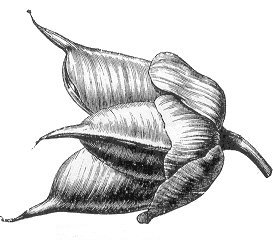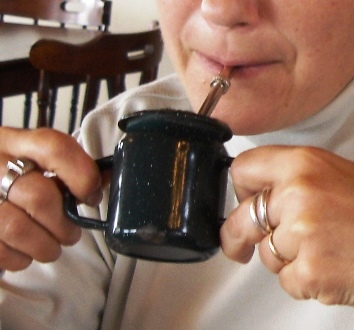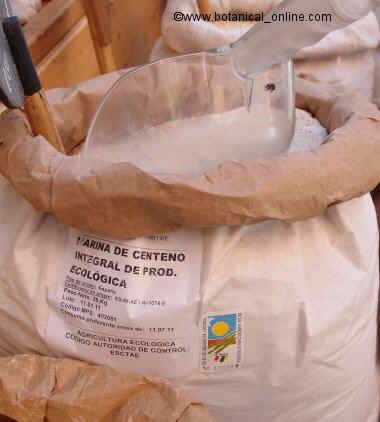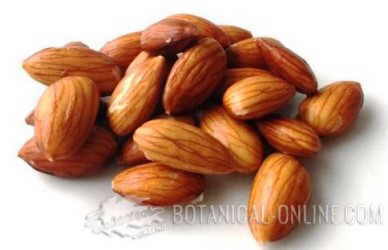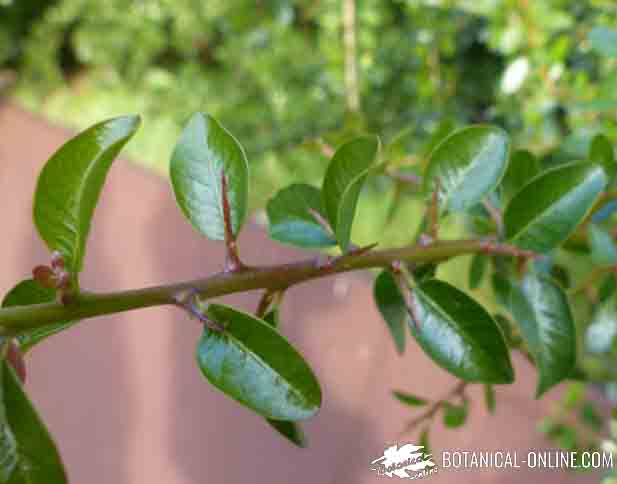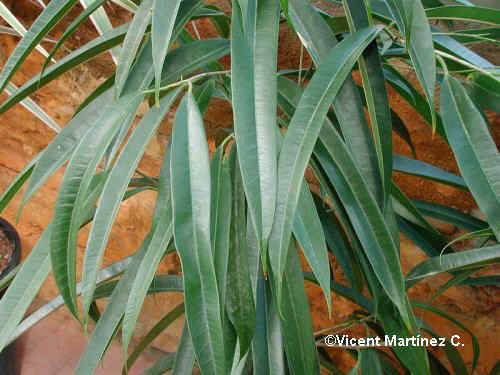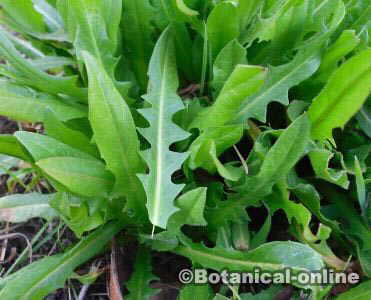Contents
CHARACTERISTICS OF STINKING HELLEBORE
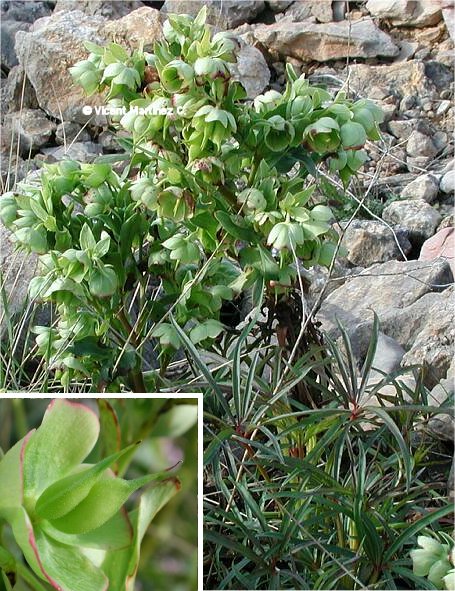
Photo of stinking hellebore (Helleborus foetidus)
Scientific noun: Helleborus foetidus L.
Common noun:: Stinking hellebore
Family: Buttercup family – Ranunculaceae.
Habitat: Calcareous mountains, by the woods and rocky places.
Active principles of stinking hellebore
– Cardiotonic heterosides: Among those, standing out helleborine (C6H10O) and helleborein (C37H56O18).
Helleborine is a substance that is shown in alcohol and in chloroform. It appears in crystalline, white form and without scent, although, dissolved in alcohol, it acquires a pungent flavor.
Helleborein has a more sweetish flavor
Active parts: The whole plant.
PROPERTIES OF STINKING HELLEBORE
Medicinal uses of Helleborus foetidus
Internal use home remedies: Stinking hellebore has been used in home-made medicine as cardiotonic in the treatment of heart weakness (hypotension, heart failure) The cardiotonic glycosides exercises this function which is potentiated by the saponins.
It has also been used to combat the constipation, as cathartic to purge the bowels, as well as to eliminate the roundworms
External preparations with stinking hellebore: It has been considered a rubefacient to cure the rheumatic pains, applied as an ointment on the skin.
Equally it is a vulnerary herb, reason why it has traditionally been used to combat the illnesses of the skin, so much more when we consider its astringent and antiseptic properties.
Given the toxicity of its components its use is dissuaded in home-made preparations!!!
Fruits of stinking hellebore (Helleborus foetidus)
Toxicity of stinking hellebore
Helleborus foetidus results to be deadly in the event of ingestion of abundant principles, fundamentally for its use in home-made medicine. Cases of intoxication have sometimes been mentioned in people who has drunk the milk of bovine livestock that ate this plant.
The intoxication results from the ingestion of the cardiotonic glycosides that act on the heart and the saponins that exercise their toxic function on the digestive apparatus.
Historically, its principles were used as a weapon in warfare to poison darts and arrows with which to eliminate the enemy.
Side effects of stinking hellebore
The main symptoms of poisoning when ingesting stinkin hellebore are:
In minor ingestion:
– Stomach-ache
– Nausea or vomiting,
– Diarrhea
– Headaches.
In strong intoxications:
– Mental confusion
– Numbness of the members
– Hypotension
– Cramps
– Cardiorespiratory failure and death. It is toxic for the livestock that consumes it, showing similar symptoms to humans.
In external use, the contact with the skin produces a clear redness, which may derive in more serious cutaneous lesions with the appearance of bladders.
Medical treatment: Remove product from the stomach, gastric lavage, sedatives, artificial breathing, breathing stimulants and administration of emollients.
Is stinking hellebore toxic to animals?
Helleborus foeticus is also toxic for livestock that consumes it, showing similar symptoms to those seen on humans.
![]() More information on plants.
More information on plants.

